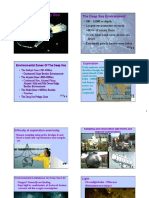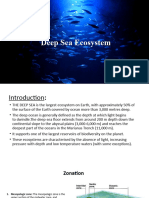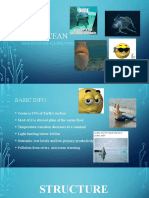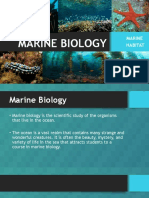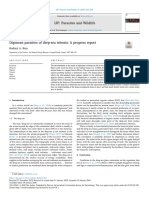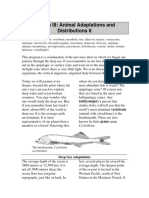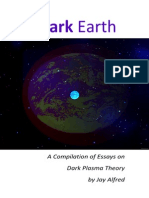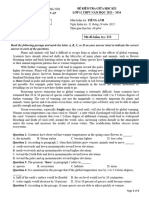0% found this document useful (0 votes)
60 views40 pagesDeep Sea Biology 1
This document provides an overview of deep sea biology, including definitions of deep sea zones, the physical environment of the deep sea in terms of temperature, salinity, pressure, oxygen concentration and light levels. It discusses organisms that inhabit the oxygen minimum layer and the role of bioluminescence in the deep sea environment.
Uploaded by
KC WongCopyright
© © All Rights Reserved
We take content rights seriously. If you suspect this is your content, claim it here.
Available Formats
Download as PDF, TXT or read online on Scribd
0% found this document useful (0 votes)
60 views40 pagesDeep Sea Biology 1
This document provides an overview of deep sea biology, including definitions of deep sea zones, the physical environment of the deep sea in terms of temperature, salinity, pressure, oxygen concentration and light levels. It discusses organisms that inhabit the oxygen minimum layer and the role of bioluminescence in the deep sea environment.
Uploaded by
KC WongCopyright
© © All Rights Reserved
We take content rights seriously. If you suspect this is your content, claim it here.
Available Formats
Download as PDF, TXT or read online on Scribd
/ 40


